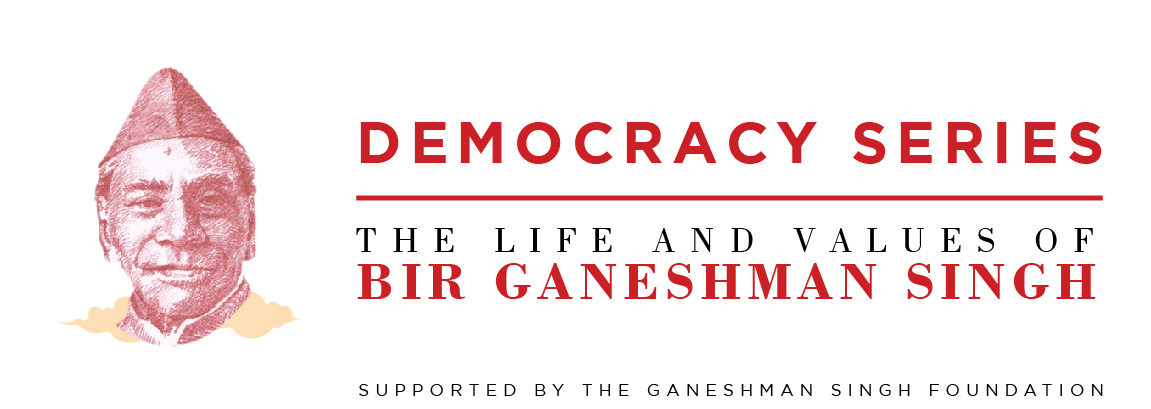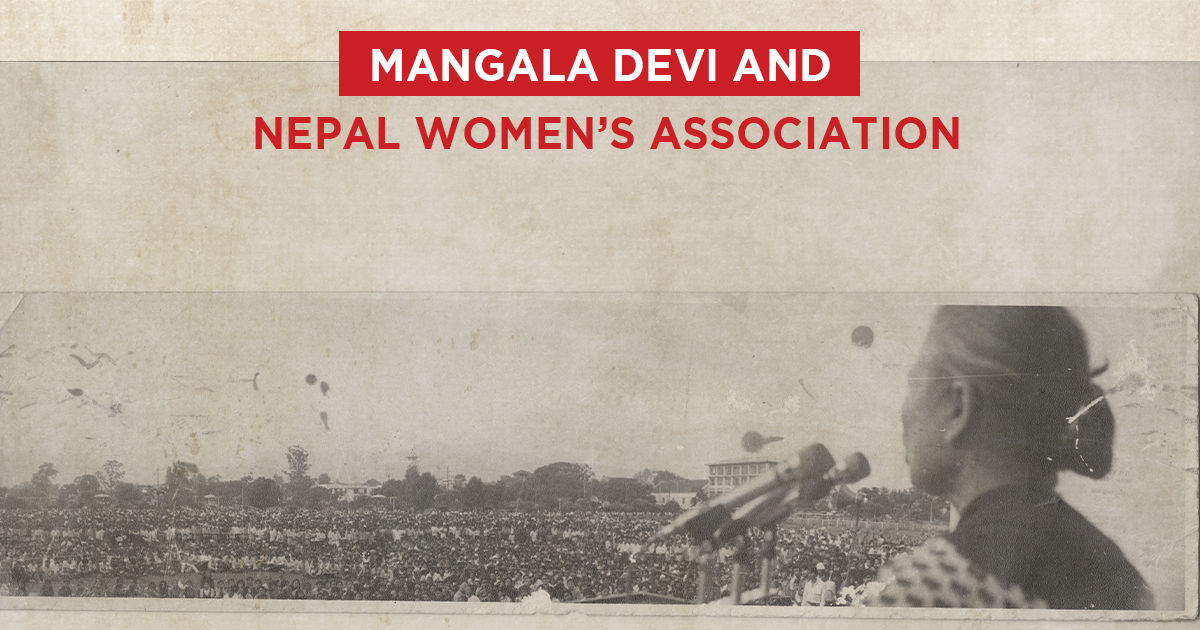Growing intra-party tensions, and Indian Ambassador’s dissatisfaction with B P Koirala

Within six months of King Tribhuvan’s Proclamation of 1951 A.D and the formation of a new government, Nepali Congress, in addition to external pressure from Khukuri Dal, and the communist movement, began suffering from intra-party tensions.
According to Singh, most of the intra-party tensions were being led by Matrika Prasad Koirala. “He couldn’t remain happy being the successful supreme leader of a movement which disestablished the Rana system from Nepal, or the President of Nepali Congress.”, Singh tells Mathbar Singh.
“He wouldn’t talk ill of B P Koirala directly when conversing with me, but would beat around the bush. He would talk about the government’s failures, and then indirectly correlate the failures with B P Koirala”, Singh adds.
Matrika Prasad Koirala also had the support of Mahabir Shumsher, Surya Prasad Upadhyaya, and Mahendra Bikram Shah – all senior leaders of Nepali Congress”. And according to Singh, he was further emboldened owing to the support of the Indian Embassy in Kathmandu.
“When India prevented the resignation of Mohan Shumsher, it became apparent that India did not want the Rana ministers to be de-established. Even when B P Koirala visited India, Nehru had tried to convince Koirala to allow Mohan Shumsher to remain Prime Minister for the sake of political stability”, Singh corroborates his earlier accusation.
“But B P Koirala was insistent that Mohan Shumsher would have to go”, Singh adds.
“And the fact that B P Koirala had once publicly reminded Indian Ambassador Chandeshwor Prasad Narayan Singh that the role of an ambassador is not like that of a President of a District Board, and requires much more diplomacy did not help”, Singh added.
“This remark had drawn the dissatisfaction of CPN Singh against B P Koirala”, Ganesh Man Singh said.
Singh’s gains and shares insight into Indian and Chinese diplomacy

“At the time, I was surprised to learn that India, a newly independent and democratic country was against Nepal achieving a similar status – and in fact supported the monarch and the Rana rulers”, Singh tells Mathbar Singh.
“But later, I happened to read a book which shared insight into the differences between Indian and Chinese diplomatic efforts”, Singh adds.
In 1975, when Nepal was under a party-less Panchayat System and many of Nepal’s political leaders were in hiding in India, Singh too was staying in Gorakhpur. In the same year, a national”state of emergency” was ordered in India – which further restricted Singh’s movement. During that time, he had the opportunity to read “Beyond the Melting Pot” by Nathan Glazer and Daniel P. Moynihan. In the book, Moynihan, who had served as the United States Ambassador to India from 1973 – 1975 shares his insight which appeals to Singh:
India, after achieving its independence in 1947 AD, when dealing with its immediate neighbors, would support them when needed – but would also antagonize them with their “superiority/elderly” assumption.
Most officers serving in India’s Foreign Ministry were initially working under the British Rule – which implied they learnt from them their foreign policies (which usually bordered around superiority). At the time, the Britishers were the master, and the Indian officers the servant – however, after independence, the servants became the masters – and unfortunately Indian officers adopted the same superiority approach practiced by their predecessors”.
Meanwhile, China, which had become a People’s Republic in 1949 A.D., came from an Emperor (monarch) background. The officers of the Foreign Ministry were humble, and taciturn in their approach. “They listened more than they spoke, or gave opinion”, he adds.
Therefore, India would antagonize its neighbors as easily as it befriended them, whereas China would not make friends successfully, but also would not antagonize its neighbors.
Increasing pressure from all fronts:

For ministers of Nepali Congress – the situation worsened. Pressure was building from three fronts – one within the party, one within the government, and one by outsiders.
The one within the party was being led by Matrika Prasad Koirala, and had the support of King Tribhuvan and the Indian Ambassador in Nepal. Running a coalition government meant policies were met with restrictions within the government too, and lastly, the communist movement and the Gorkha Dal were gaining pace.
For the government, while it worked towards their promises, it was becoming increasingly difficult to deliver as it found itself caught in unimportant issues. Nevertheless, they worked and were able to lay the foundation towards a judiciary system, and a few other social issues (more on this next week).




